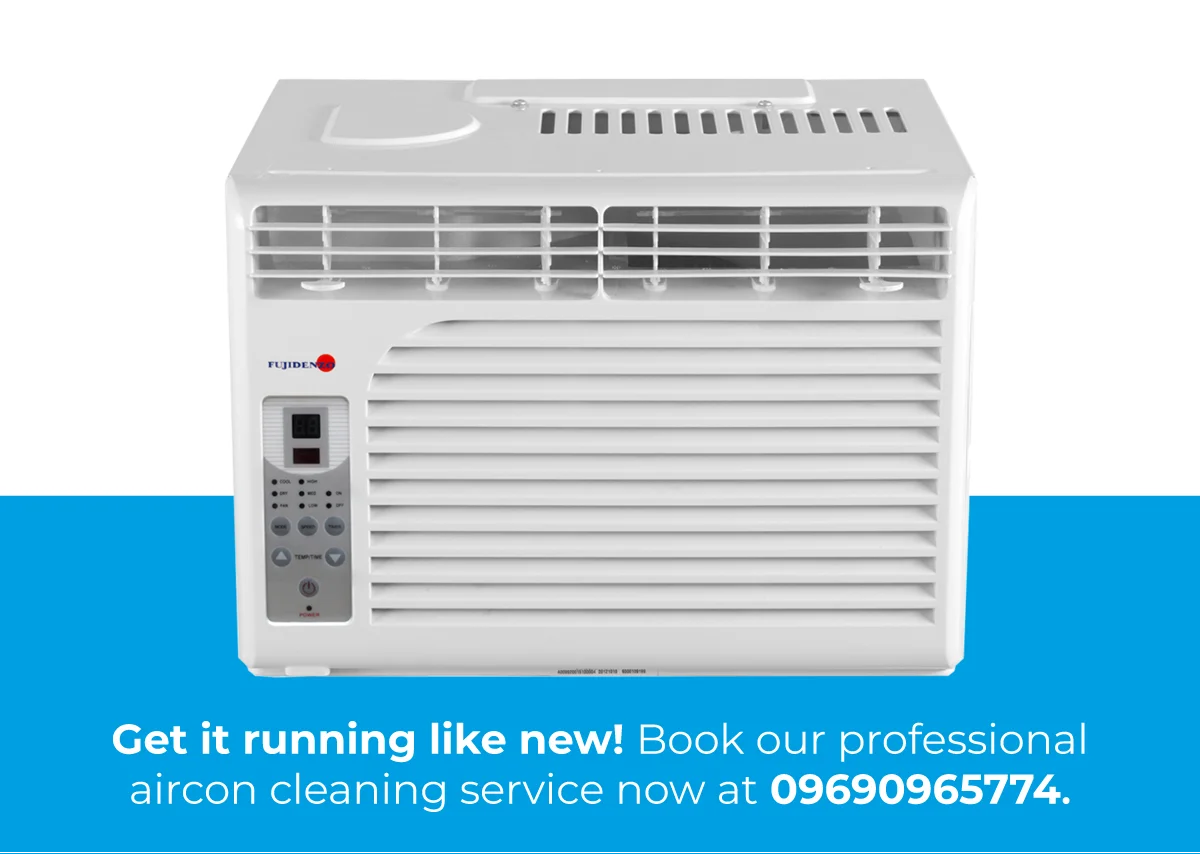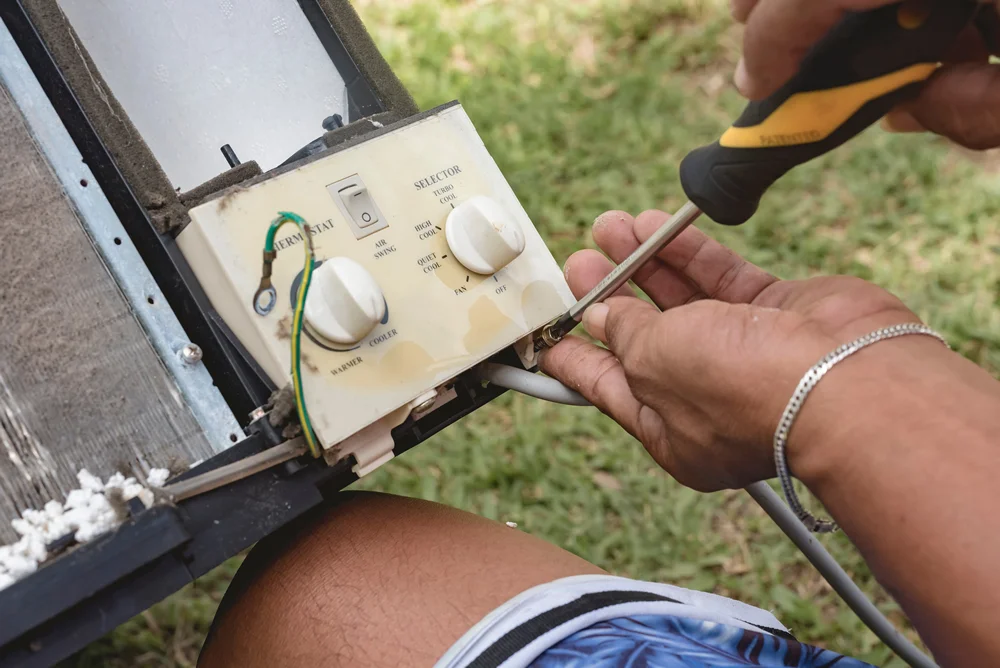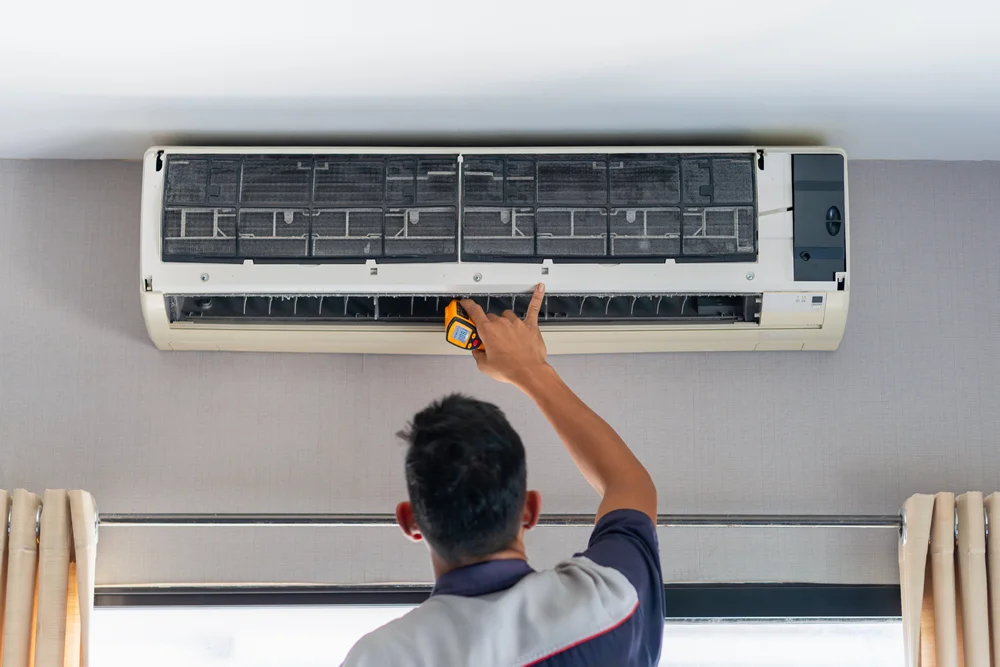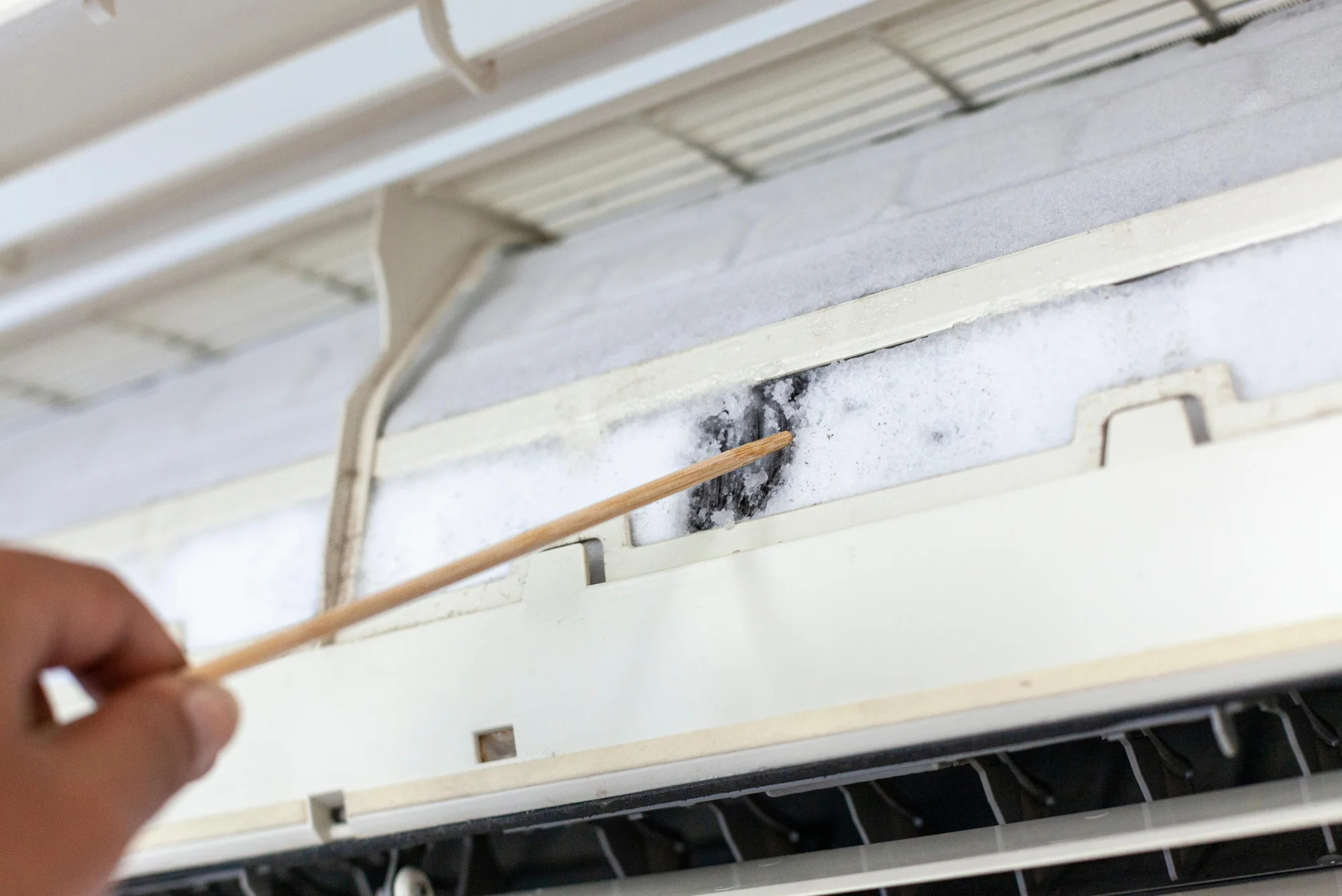Here in the Philippines, choosing an air conditioner is a major decision. It’s more than just buying an appliance; it’s investing in your comfort and well-being, your primary defense against the sweltering tropical heat. When you walk into an appliance store, the conversation usually revolves around three things: cooling capacity (HP), energy efficiency (inverter vs. non-inverter), and, of course, the upfront purchase price. But there’s a crucial fourth factor that many people overlook, one that determines the true long-term cost of your investment: maintenance.
The initial price tag is just the beginning of your financial relationship with your aircon. Over its decade-long lifespan, you’ll spend money on cleaning, servicing, and potential repairs. This is where the two dominant players in the residential market—the classic window type and the sleek split type—reveal their most significant differences.
So, beyond the initial cost and aesthetics, which aircon is the simpler, more budget-friendly partner for the long haul? Let’s settle the debate by breaking down every aspect of their maintenance, from ease of cleaning to the cost of repairs.
A Quick Refresher: Understanding the Fundamental Designs
Before we can talk about maintaining them, it’s essential to understand their basic construction. The core difference in their design is the very reason their maintenance routines and costs are so distinct.
The Window Type Aircon: An All-in-One Powerhouse

The window type aircon is a self-contained unit. Every critical component—the compressor, condenser coils (the hot part), evaporator coils (the cold part), and dual fans—is housed together in a single metal chassis. As the name suggests, it’s designed to be mounted in a window opening or, more commonly in the Philippines, a dedicated square hole in a concrete wall.
Think of it as a “plug-and-play” cooling solution. Its installation is relatively straightforward, and its design is simple and time-tested. Everything you need is in one box.
The Split Type Aircon: A System of Two Halves

The split type aircon, as its name implies, splits the key components into two separate units.
- The Indoor Unit: This is the sleek, quiet part mounted high on a wall inside your room. It contains the evaporator coils and a quiet blower fan that circulates the cool air.
- The Outdoor Unit: This is the noisy, hardworking part. It’s placed outside the house—on a balcony, rooftop, or mounted on an exterior wall—and contains the compressor, condenser coils, and a large fan.
These two units are connected by a set of copper tubes (refrigerant lines) and electrical wiring that run through a small hole in the wall. Think of it as a sophisticated component system. Its design prioritizes quiet indoor operation and aesthetics by moving the noisy machinery outside.
This fundamental difference—all-in-one vs. two separate parts—is the single most important factor that dictates the ease and cost of maintenance.
The Main Event: Maintenance Showdown
Now, let’s put these two types head-to-head in the areas of maintenance that matter most to a homeowner.
Round 1: Ease of Basic DIY Cleaning
This refers to the simple, routine cleaning you should be doing yourself every two to four weeks to keep the unit running efficiently. The main task here is cleaning the air filter.
- Window Type: The process is incredibly simple. You typically just pop open the front plastic panel, slide out the mesh filter, and wash it in your bathroom sink with soap and water. Once it’s completely dry, you slide it back in. It’s a 5-minute job, no tools required.
- Split Type: The process is virtually identical and just as easy. You lift the front cover of the indoor unit, unclip one or two mesh filters, wash them, let them dry, and clip them back into place.
Verdict: It’s a Tie Both window and split type manufacturers have made user-level filter cleaning extremely easy and accessible. There is no clear winner here.
Round 2: Ease of Professional Deep Cleaning

This is the annual or semi-annual service you hire a professional aircon cleaning for, where they perform a chemical overhaul to remove the deep-seated grime that your regular filter washing can’t reach.
- Window Type: The standard procedure is a “pull-out” cleaning. Technicians remove the entire unit from its sleeve in the wall. They place it on a stand or tarp, where they have 360-degree access to all its components. They can then safely use chemical solutions and a pressure washer to thoroughly clean the coils, fan blades, and drain pan from every angle. It’s a self-contained, straightforward, albeit heavy, job.
- Split Type: This process is significantly more complex. It requires servicing two separate units.
- Indoor Unit: Since it’s fixed to the wall, it must be cleaned in place. Technicians have to carefully set up a large plastic “laundry bag” or catch basin around the unit to funnel all the water and cleaning chemicals into a bucket. This is a delicate operation that requires care to avoid damaging your walls, floors, or furniture.
- Outdoor Unit: The technician then has to clean the outdoor unit separately, which might be in a hard-to-reach location.
- The entire process requires more setup, more specialized equipment (like the cleaning bag), and more time.
Verdict: Window Type is the Clear Winner The all-in-one design of a window type makes it significantly easier for a technician to perform a thorough, deep cleaning. There’s less risk of interior damage and easier access to all the dirty parts.
Round 3: Accessibility for Diagnosis and Repairs

What happens when something breaks? How easy is it for a technician to find and fix the problem?
- Window Type: Because all the components are packed tightly into one chassis, accessing a specific internal part, like a faulty capacitor or a failing fan motor, can be difficult. The technician often has to dismantle much of the unit’s casing and move other components out of the way just to reach the one that needs fixing. It can be like performing surgery in a very small space.
- Split Type: The separated design is a huge advantage here. If the problem is with the fan or electronics in the indoor unit, the technician works there. If the issue is with the compressor, capacitor, or outdoor fan, they work on the outdoor unit. This separation makes it much faster to isolate and diagnose the problem. Accessing the faulty component is generally much easier since the parts aren’t as densely packed as they are in a window unit.
Verdict: Split Type is the Winner The compartmentalized nature of a split system makes it easier for technicians to troubleshoot and access specific parts for repair, potentially reducing labor time for diagnostics.
The Money Talk: A Head-to-Head Cost Comparison
Now let’s translate “ease” into what matters most for many of us: pesos.
Professional Cleaning Costs
The difference in the complexity of deep cleaning directly impacts the price. Based on average 2025 prices in Metro Manila:
- Window Type (Deep/Pull-out Cleaning): ₱1,000 – ₱1,800
- Why it’s cheaper: The process is simpler and generally faster for the technician. It’s one unit, in one location, with straightforward access once it’s pulled out.
- Split Type (Deep/Dismantling Cleaning): ₱1,500 – ₱3,000+ per indoor unit
- Why it’s more expensive: You’re essentially paying for the technician’s time and expertise in servicing two separate units. The specialized equipment needed (like the cleaning bag) and the additional care required to protect your home’s interior add to the labor cost.
Cost Verdict: Window Type is Significantly Cheaper to Clean
Common Repair Costs
This is a more nuanced comparison.
- Parts: The cost of replacement parts like capacitors, fan motors, and thermostat sensors are often comparable for both types, primarily depending on the unit’s horsepower (HP) and brand rather than its type. An original fan motor for a 1.5 HP window unit will cost roughly the same as one for a 1.5 HP split unit.
- Labor: Labor costs for repairs are where the split type can become more expensive.
- Refrigerant Issues: One of the most significant potential problems unique to split types is a leak in the long copper lines connecting the indoor and outdoor units. Finding and repairing such a leak can be a very time-consuming and expensive job that simply doesn’t exist for a self-contained window unit.
- General Repairs: While accessing parts is easier on a split type, the overall complexity of the system can sometimes lead to higher labor charges from technicians.
Cost Verdict: Window Type is Generally Cheaper to Repair While some split-type repairs might be faster due to better access, the potential for more complex and unique issues (like refrigerant line leaks) and generally higher service fees make the window type the more budget-friendly option for repairs over its lifetime.
The Final Verdict: Which One Should You Choose?
So, after breaking it all down, we can draw a clear conclusion.
For Ease and Cost of Maintenance, the Window Type Aircon is the undisputed champion. Its simple, all-in-one design makes it cheaper to deep clean and generally less expensive to repair.
However, this doesn’t mean the window type is automatically the best choice for everyone. The decision comes down to a trade-off.
You should choose a Window Type Aircon if:
- Your primary concern is your budget, both upfront and for long-term maintenance.
- You live in a rented apartment or condo where major installation work is not ideal.
- You are cooling a small, regularly shaped room.
- You are not particularly bothered by operational noise.
You should choose a Split Type Aircon if:
- Quiet operation and interior aesthetics are your top priorities.
- You are a homeowner making a long-term investment in your property.
- You need to cool a large, open-plan, or irregularly shaped area.
- You want to take advantage of the highest energy efficiency ratings, which are often found in inverter split type models.
Ultimately, the choice is yours. The split type aircon offers a premium experience—it’s quieter, looks better, and can offer superior cooling distribution. But that premium experience comes with a higher price tag, not just at the store, but every time you call a technician for an annual cleaning. The humble window unit, while noisier and bulkier, remains the king of low-cost, no-fuss maintenance. By understanding these long-term commitments, you can make a truly informed decision and choose the aircon that will serve you best for many hot seasons to come.




